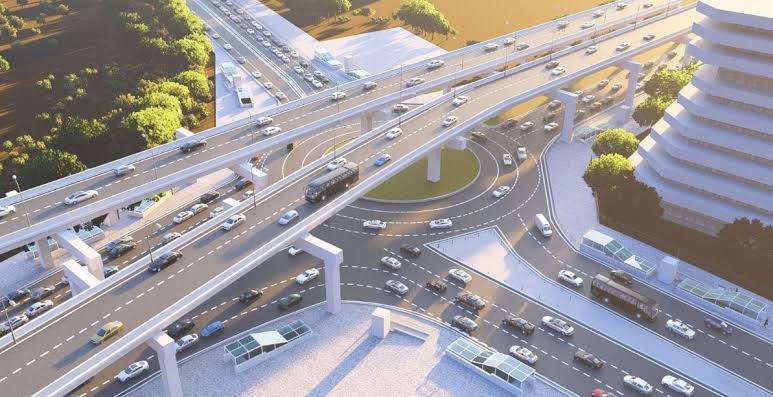Nairobi’s Sh2 billion pedestrian underpass, currently under construction at the Haile Selassie Avenue roundabout, is set to be more than just a safe crossing point.
The Green Park Terminus Pedestrian Underpass Network, scheduled for completion by February 20, 2025, is being designed as a 24-hour business hub, offering economic opportunities while enhancing pedestrian safety.
According to Roads Principal Secretary Joseph Mbugua, the underpass will incorporate shops and stalls, creating an environment that discourages crime and encourages commercial activity.
“This project is not just about movement; it’s about integrating business into transport infrastructure. Having shops within the underpass will enhance security and offer traders a new commercial space,” he told Members of Parliament.
Boosting Urban Commerce
The introduction of retail spaces within the underpass aligns with Nairobi’s broader urban planning strategy—transforming public spaces into economic drivers.

With over 21,000 pedestrians using the Uhuru Highway-Haile Selassie intersection roundabout daily, the underpass will provide businesses with access to a high footfall customer base.
Retailers, small-scale traders, and service providers are expected to benefit from the constant flow of pedestrians, particularly those commuting between Nairobi’s CBD, Upper Hill, and Green Park Terminus.
Similar urban models in global cities have demonstrated that integrating businesses into transport infrastructure enhances economic activity while improving urban mobility.
Investment Potential & Economic Impact
The project, funded through the Road Maintenance Levy Fund (RMLF) and managed by the Kenya Urban Roads Authority (KURA), is expected to stimulate employment both during and after construction. Beyond job creation, the presence of formalized trading spaces could attract investors, particularly in the retail and service industries.
With the underpass set to improve pedestrian mobility and business efficiency, Nairobi’s latest infrastructure project presents a promising case for smart urban development and commercial integration.